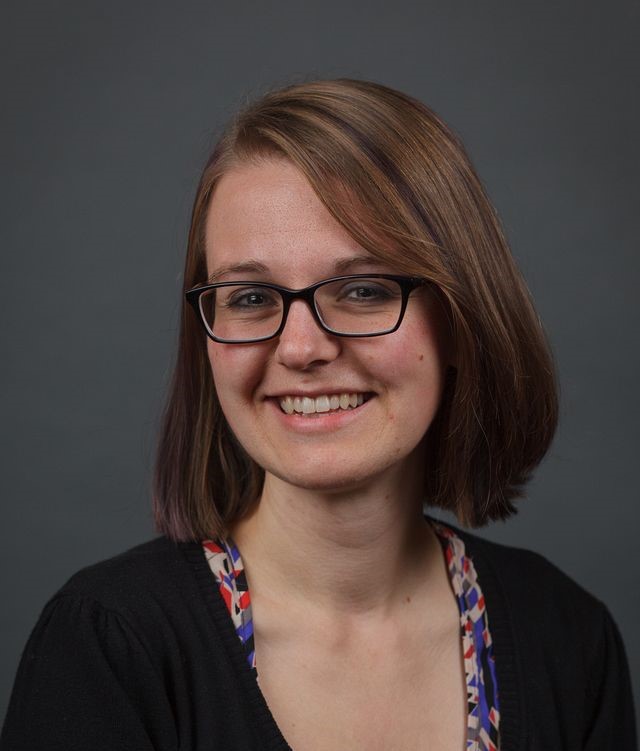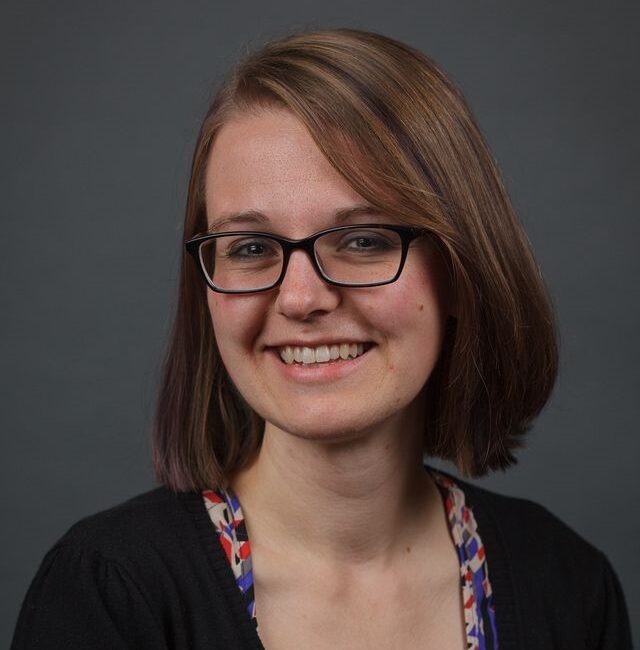By Jill Fuller
Every time I see the commercial asking “What’s in your wallet?” I think “You don’t want to know!”
My wallet is a bit of a mess. Flipping through it, I see receipts from two years ago, expired gift cards and even a cough drop that really belongs in the garbage. Reward cards for three of my favorite coffee shops, since you can never have too much free coffee.
Yet amid the chaos is tucked the most important things — a picture of my son, my credit card and my green plastic library card.
In the United States, private book clubs were all the rage in the 1700s as literacy increased and people looked for ways to spread information and share ideas. In cities across the new country, wealthy white men founded subscription libraries funded by membership fees. Those who qualified for membership and paid the fees had full access to the collections.
Yet when publicly funded libraries came into existence in the United States in the 19th century, it became necessary for users to register so they could borrow books.
“Cards were essential at these libraries,” writes Sara Polsky in “The Atlantic.” “In the pre-computer era, library cards were just one part of a complex system that kept track of book loans and returns,” including ledger books, book cards, and more.
Around 1900, the modern “two-card” system was invented by John Cotton Dana, the director of the Newark Public Library. Each library user had a “borrower’s card” and each book had a card tucked inside it to be stamped upon check-out. This system was maintained until the advent of our current computer systems.
Libraries have changed a lot since then, but library cards are still essential. With your library card, you get it all: from books, movies and robot STEM kits to online classes, genealogy tools and streaming TV shows.
Recently, I asked some library users what their library card means to them and I heard some great responses. Kristine wrote that her library card is “a great way to let my kids learn about a lot of different things.” Charlotte’s library card gives her “a view into world’s past, present, and future.” Rosemarie mentioned that “This card provides me with never-ending learning opportunities.” One library user said it’s “the only card in my wallet that I have memorized!”
Many people called their library card a “passport to different worlds.” I thought this imagery was especially apt during a time of turmoil and uncertainty, when we often feel disconnected and cut off from the world and from others.
Nowadays, you can hang your library card from your keyring or scan it digitally on our CAFÉ app, which means you’ll never lose your library card again in the messy depths of your wallet. Your library card may be merely a piece of plastic, but with it, you have access to ideas and materials that connect you to new people and places, challenge your perspective, and bring you solace. Your world — and your wallet — will never be the same.
Need a library card? Stop into your local library to get one. Have a card already? Pull it out of your wallet — it’s time to see what it can do for you!
Jill Fuller is marketing and communications librarian at the Bridges Library System, of which public libraries in Jefferson and Waukesha counties are members.

Jill Fuller
This post has already been read 1605 times!
